Animal Production
-
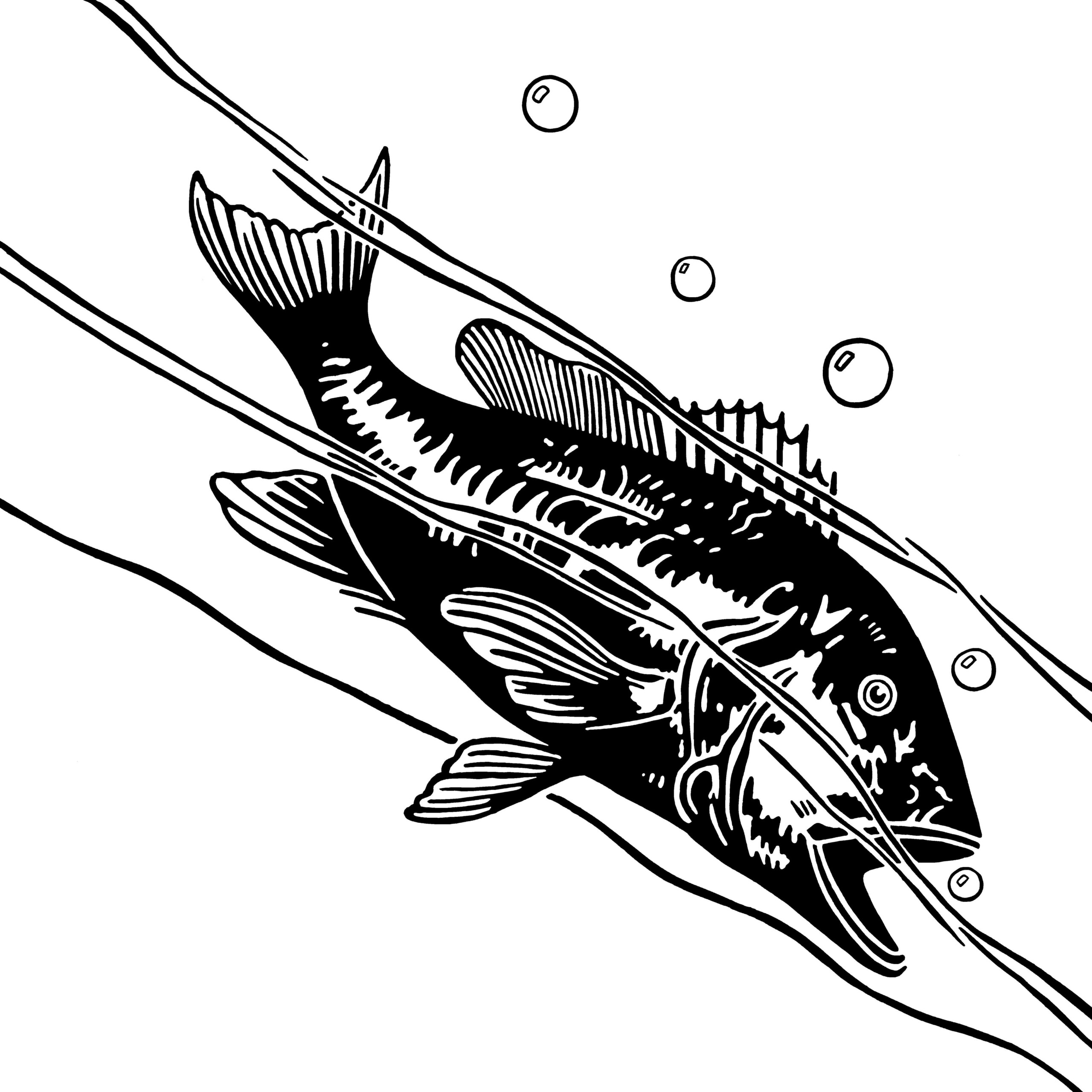
SB 28-12
Aquatic Environments and Fish Ponds
Commercial insect and parasite control in fisheries and aquatic environments. Updated annually.
Jay Shelton, Allison Faye Johnson, Braxton Grey Crews, and Wesley Gerrin
|
-
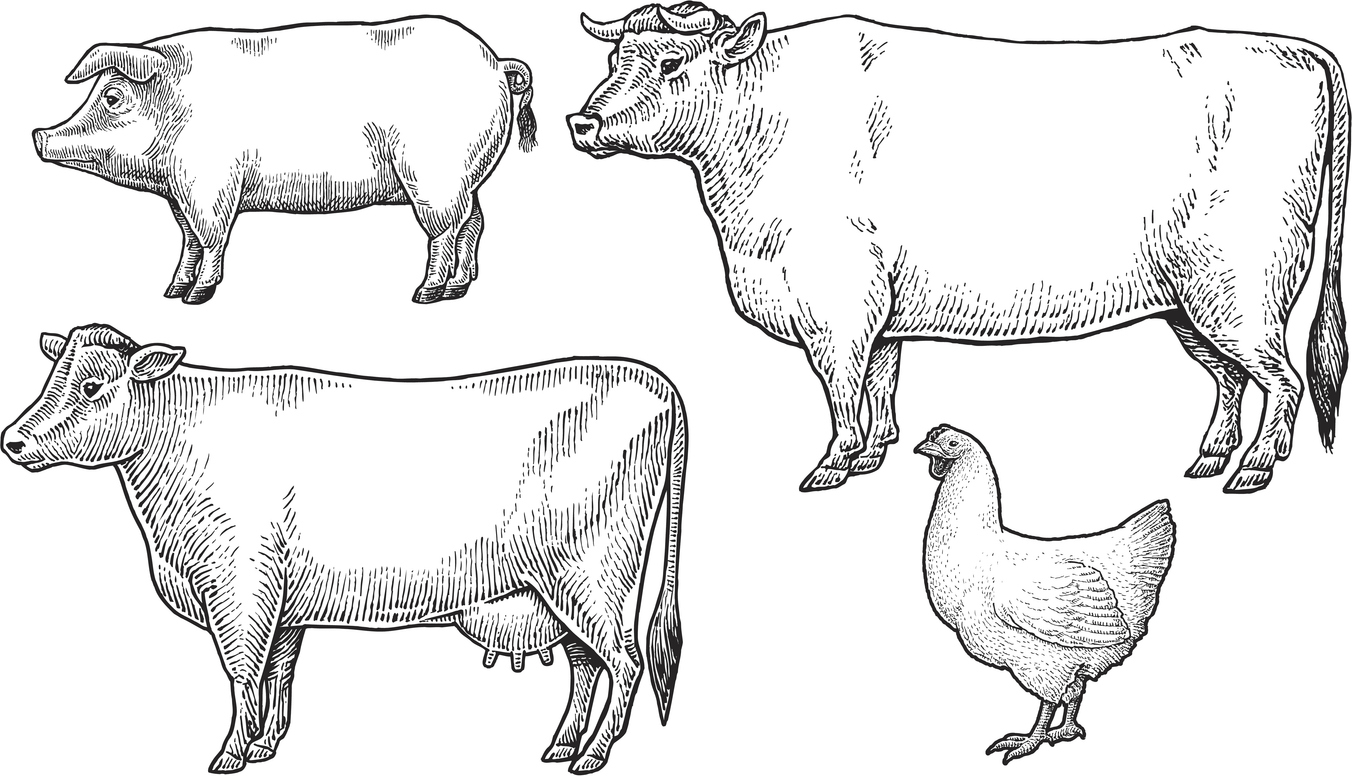
Commercial insect and parasite control in animals. Updated annually.
Keith S Delaplane, Nancy C. Hinkle, Raymond Fitzpatrick, and Allison Faye Johnson
|
-
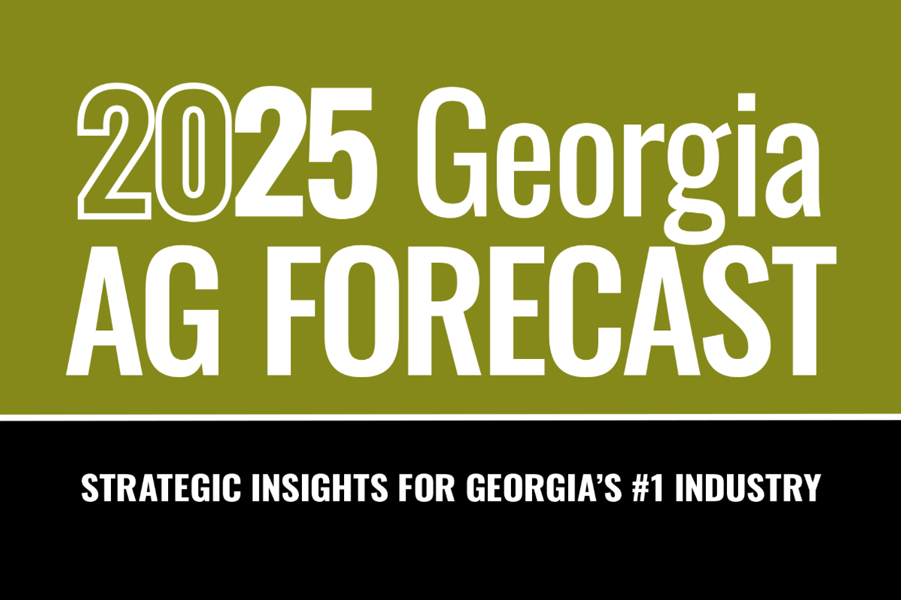
AP 130-3-05
2025 Georgia Beef Cattle Forecast
1. The 2025 outlook for the beef cattle sector is positive with low supplies meeting high demand to create elevated prices.
2. In the near term, the higher risk appears to be beef demand—because of likely high beef prices and ample animal protein competition in the year ahead.
3. Herd rebuilding indicators should be watched carefully as the cattle cycle may be approaching its next low in 2025.William Secor
|
-
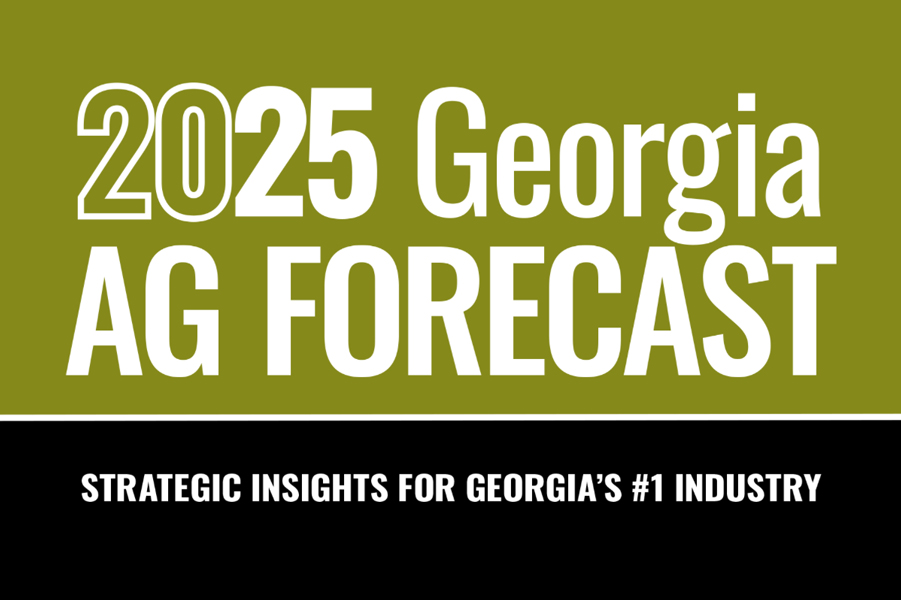
AP 130-3-04
2025 Georgia Broiler Industry Forecast
1. The outlook in 2025 for the Georgia broiler industry is one of cautious optimism.
2. The significant risk is market fundamentals—will production growth overshoot demand and cause prices to fall?
3. Other areas to watch include relatively low exports, animal protein price competitiveness, and potential grower-contract regulations.William Secor
|
-
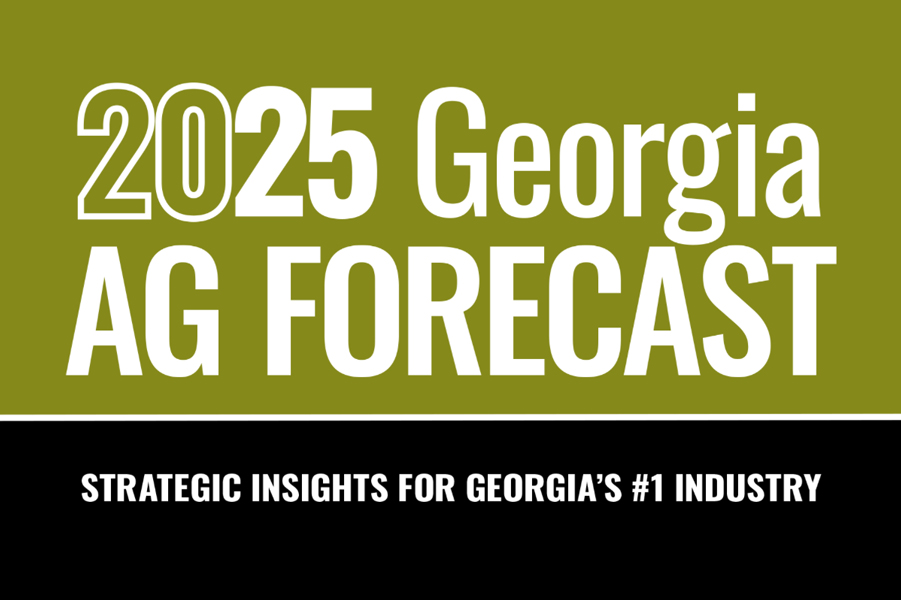
AP 130-3-06
2025 Georgia Dairy Forecast
1. The Georgia dairy forecast for 2025 is steady to positive.
2. Key uncertainties come from the balance of supply and demand and potential federal order reform.
3. Highly pathogenic avian influenza (HPAI) and export risks may also play a role in the year ahead.William Secor
|
-

This publication describes Microsoft Excel workbooks designed to calculate the effects of dividing ingredients into above- and below-average portions (2-bin method) and the costs of providing nutrients at specified confidence levels.
Gene M. Pesti and Greg Colson
|
-

This publication provides current information about the appropriate application and most effective use of poultry fertilizer. It will also help poultry producers develop a simple nutrient management plan that meets permitting authority standards.
Casey W. Ritz
|
-

Quality of chicks, feed and water are all of great concern to broiler producers, but quality of litter in broiler houses is seldom given sufficient emphasis. This is unfortunate because birds are in continuous contact with litter. Litter conditions significantly influence broiler performance and, ultimately, the profits of growers and integrators. Litter is defined as the combination of bedding material, excreta, feathers, wasted feed and wasted water.
Michael P. Lacy, Casey W. Ritz, and Brian D. Fairchild
|
-

Conflict prevention measures can be both tangible and intangible in nature. Communication skills and disseminating information may be as important as minimizing odors or pests through improved management practices. The following are practices and suggestions that can help poultry farmers maintain or improve neighbor relations. Proper manure handling practices are foremost points to consider in avoiding potential nuisance complaints or court action.
Casey W. Ritz
|